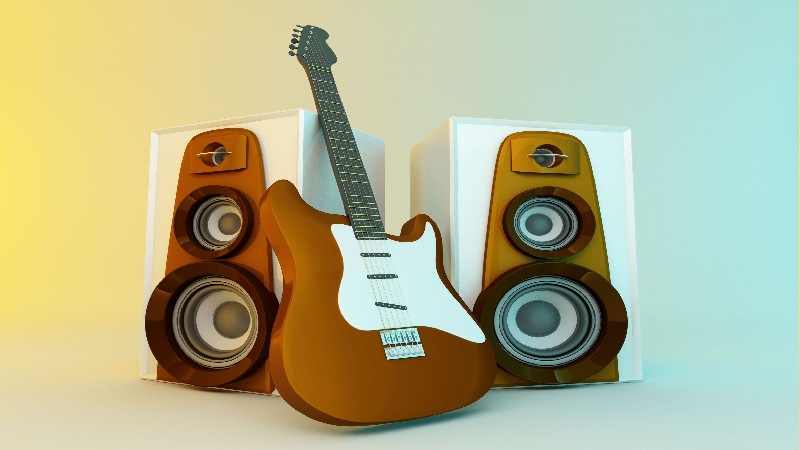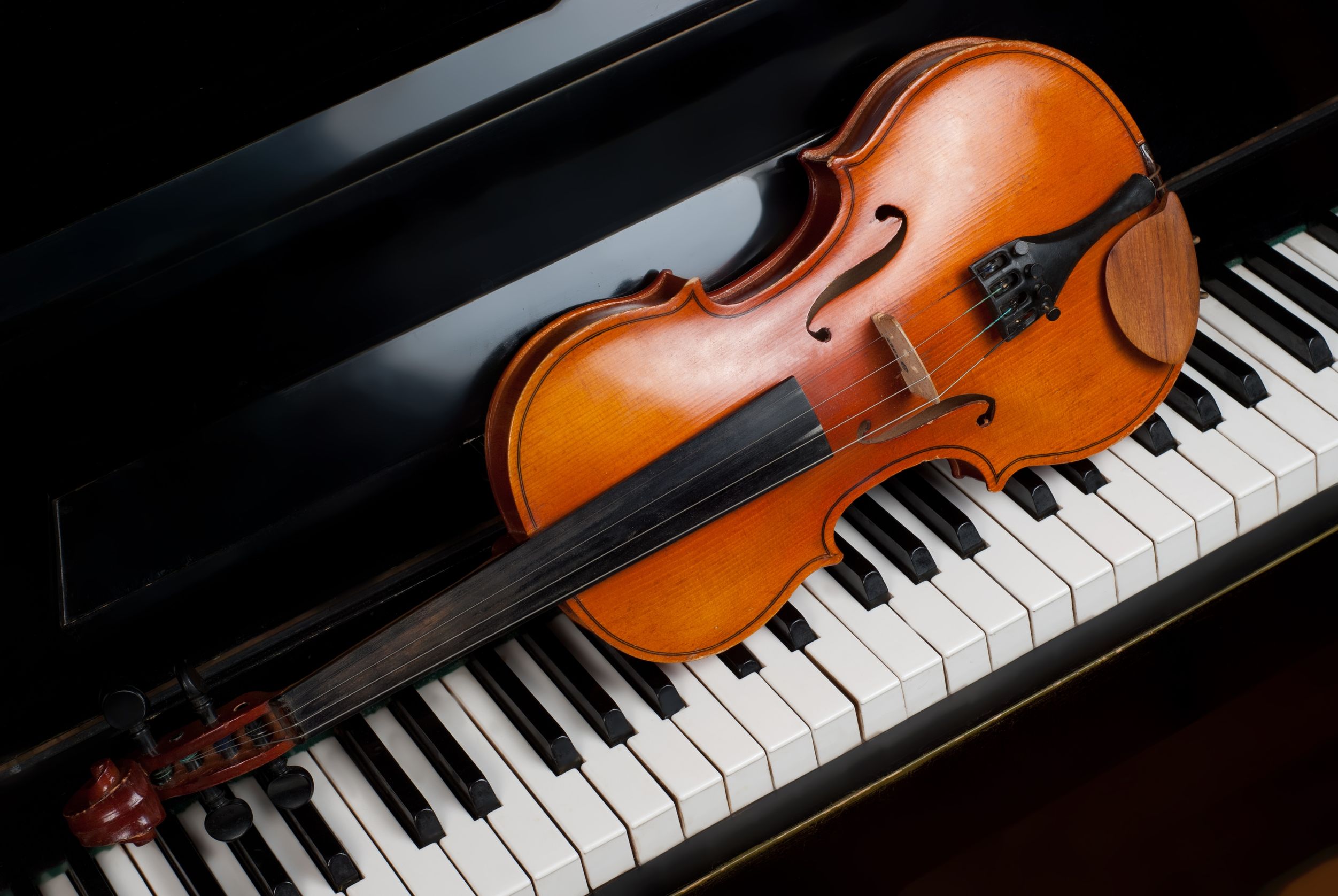When you think of iconic guitar solos or memorable riffs, you likely imagine the unique sounds that accompany them. The essence of these electrifying tones often comes from the utilization of electric guitar pedals. These devices can dramatically shape your guitar’s sound, adding depth, texture, and a unique flavor to your music. In this article, you’ll find valuable insights into how these pedals work and why they might just be the missing link in your musical setup.
What Exactly Is an Electric Guitar Pedal?
An electric guitar pedal serves as an external device connected to your instrument. It manipulates the guitar’s original signal to produce various audio effects. This modulation can range from adding simple reverb or delay to generating complex tones and textures. The pedal gives guitarists unprecedented control over their sound, allowing them to tweak, amplify, or even distort their music in real time.
Types of Electric Guitar Pedals
Overdrive/Distortion Pedals
This type of pedal saturates your guitar’s signal, adding a gritty or heavy texture. If you’re a fan of rock or metal, an overdrive or distortion pedal should be part of your arsenal.
Delay/Reverb Pedals
These pedals create an echo effect or simulate the acoustics of various environments. These are key in genres like ambient music and country.
Modulation Pedals
Modulation pedals, such as chorus or phaser pedals, enrich the texture of your guitar sound by manipulating the signal in a variety of ways.
Must-Have Features
1. True Bypass: This feature ensures your guitar’s signal remains untainted when the pedal is off.
2. Durability: Quality construction guarantees a long-lasting investment.
3. Versatility: A multi-effects pedal offers numerous effects in one device, giving you more value for your money.
Common Questions Answered
• Can I chain multiple pedals together?
Absolutely. By combining different pedals, you get to craft a unique and diverse soundscape.
• How do I power my pedals?
Generally, pedals can be powered by a 9V battery or an external power supply. It’s crucial to read the manual to avoid damaging your equipment.
• Is it hard to set up?
Setting up a pedal is generally straightforward. Most come with user-friendly interfaces and manuals to guide you.
The Next Step
If you find yourself yearning for that signature tone or effect, perhaps it’s time you consider an electric guitar pedal. These compact devices can open up new horizons in your musical journey, whether you’re a seasoned pro or a budding guitarist. For those in pursuit of superior quality and craftsmanship, look no further than SoloDallas, a trusted name in guitar equipment. Your dream tone awaits you—it’s time to make the leap.


